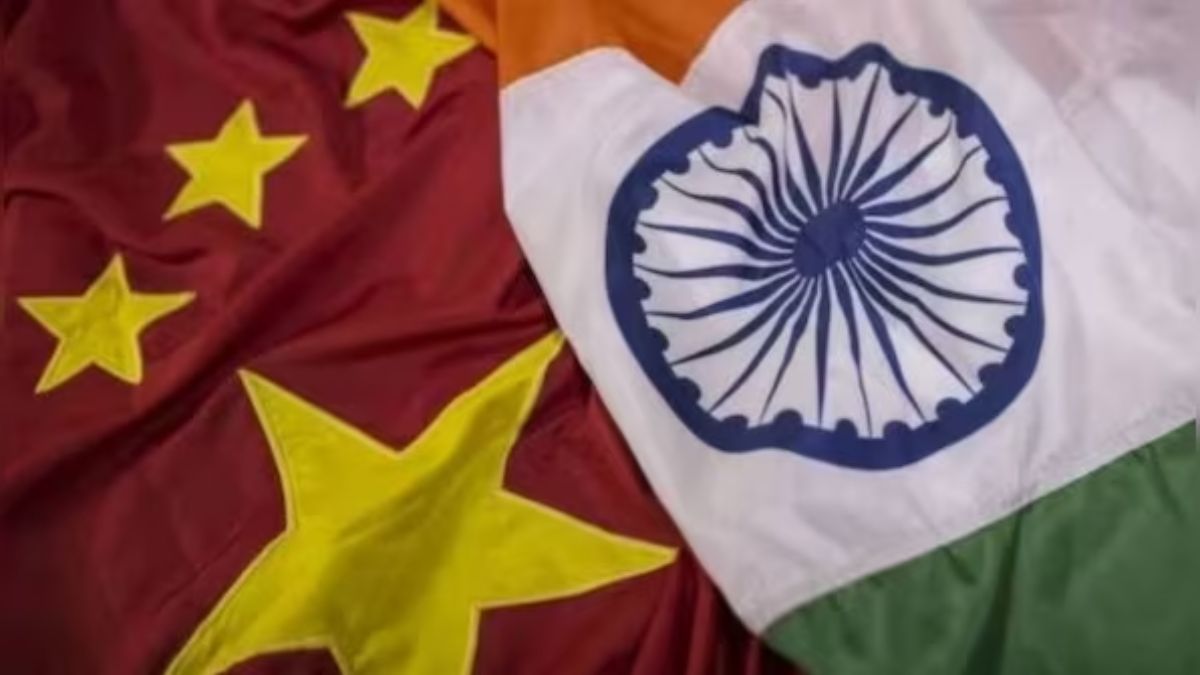Member of Parliament from West Delhi, Parvesh Sahib Singh Verma has submitted a list of 54 mosques, mazhaars, madrasas and graveyards constructed illegally in Delhi to Lieutenant Governor Anil Baijal. Months before the Vidhan Sabha election, Verma’s decision to rake up the issue of illegally constructed mosques suggests that the leader, who is a Lok Sabha MP, is trying to stay relevant in state politics. He’s neither the Purvanchali face that appeals to nearly half of the capital’s current demographic layout, nor does his political credentials match that of Dr Harsh Vardhan. The saffon party’s main opponent in the capital is the Aam Aadmi Party and it can attack this move as an attempt at polarising the voters.
These mosques were constructed in the 70s and 80s on DDA land which later came under the jurisdiction of the Delhi Urban Shelter Improvement Board and the Waqf board. Two committees are investigating illegally-constructed religious structures (not just mosques), one set up by the Minorities Commission and another by LG Anil Baijal. According to Verma, these structures were built over a period of 20 years. Verma has also stated that these structures have been built on such lands belonging to the MCD, DDA, Gram Sabha, flood department and DUSIB, on which public toilets, community centres and parks were supposed to be built.
On Verma’s insistence, the issue is being raked up. In 2014, a year before the vidhan sabha elections, in East Delhi’s Trilokpuri, a brawl between Balmikis and Muslims on Diwali night escalated into riots and at least 17 people were injured and two shops were burnt. The news of an alleged communal tension surfaced in Hauz Qazi some days ago. Now, an issue like illegally constructed mosques is going to be viewed as just another attempt to polarise, even though the committees will look into the legality of such structures.
Verma, who won with the largest number of votes in Delhi during the Lok Sabha Elections, is the son of former chief minister of Delhi, Sahib Singh Verma. Educated in Delhi Public School RK Puram and FORE School of Management and a powerful political lineage to back him, Verma could have played a bigger role in lending direction to the BJP Delhi camp that is relying on the popularity of celebrities like Manoj Tiwari and the newly-inducted Haryanvi singer Sapna Choudhary.
Some factors are still going against him at this point. One, the caste equation is unfavourable for him. Within the Delhi camp, Verma must worry about the steady rise of Kuljeet Singh Chahal. The Jat leader was picked by the BJP to strengthen its cadre in Delhi. He was appointed ‘membership in-charge’ of the party and was tasked with the responsibility of increasing the party’s primary membership. With this, the party has started the process of mobilising workers ahead of the Assembly polls. According to sources, Kuldeep was being considered for a ticket from East Delhi but the party could only float one Jat face, which is why Verma was repeated.
The evolution of Delhi politics over the years is such that here the cadre is the kingmaker. For the longest time, people voted for persons and not parties.
In Delhi, the office of the chief minister was abolished from 1956 to 1993. The institution of the Metropolitan Council was devised as a compromise between a representative body with full legislative and financial powers and administration by the President through his nominee, the Administration. It was the highest elected body of Delhi and its important functionaries featured an Administrator, Presiding Officers, Leader of the House, Leader of the Opposition, Whips, Members, Secretary and Secretariat.
While Shri Shiv Charan Gupta of the Congress party was the leader of the opposition in the First Metropolitan Council, Vijay Kuma Malhotra (Jan Sangh) and Shri Dharam Das Shastri (Congress) were the Leader of the Opposition in the Second and Third Councils respectively. During the Fourth Metropolitan Council, Madan Lal Khurana of the Bhartiya Janta Party was the Leader of the Opposition and Kalka Dass of the BJP was the Leader of the Opposition for the remaining period of the Council. One of the reasons Sheila Dikshit was able to corner Sushma Swaraj on rising onion prices during the Vajpayee government at the Centre was because the saffron party’s cadre was non-existent back then.
The BJP, however, made excellent use of the trifurcation of the Municipal Corporation of Delhi. What former chief minister Sheila Dikshit had done to reduce the powers of a single mayor, who could have acted as a threat and lead to the creation of decentralised positions (for instance, membership of the standing committee, the post of the deputy chairman, or the three Mayor posts) that the saffron party could offer its people, which in turn helped the saffron party build a cadre.
With his academic qualifications, Verma could have lent direction to the cadre and chronicled an innovative, policy-centric narrative for the BJP in the Delhi. Today, the party is relying on its celebrity campaigners.
Sahib Singh Verma was a proud farmer and had the reputation of being a greatly accessible leader and erasing hierarchies within the party. He is still popular in the voter’s memory in villages in and around Delhi villages. But, it is the MLAs executing development work in grameen areas who now enjoy direct connect with the voters. For instance, AAP’s leaders like Rituraj Jha in Bawana have used MLA LAD fund and DDA development fund to undertake development works. When Firstpost was reporting from West Delhi during the recently-concluded Lok Sabha elections, the general sentiment among voters was that they are voting for Modi but are unhappy with Verma junior’s arrogance.
In West Delhi’s urban villages, it is Mahabal Mishra of the Congress and not Parvesh Verma who enjoys a greater connect with the masses. But Mishra lost to Verma in both Lok Sabha 2014 and 2019 because the national narrative wasn’t in his favour and the Congress never made him its frontline campaigner. One of the reasons why Verma has been retained, believably, is his victory in Mehrauli in the 2013 Vidhan Sabha elections where he defeated former Delhi speaker Yoganand Shastri. This was a weak seat for the BJP and the chances of victory were slim.


)




)
)
)
)
)
)
)
)